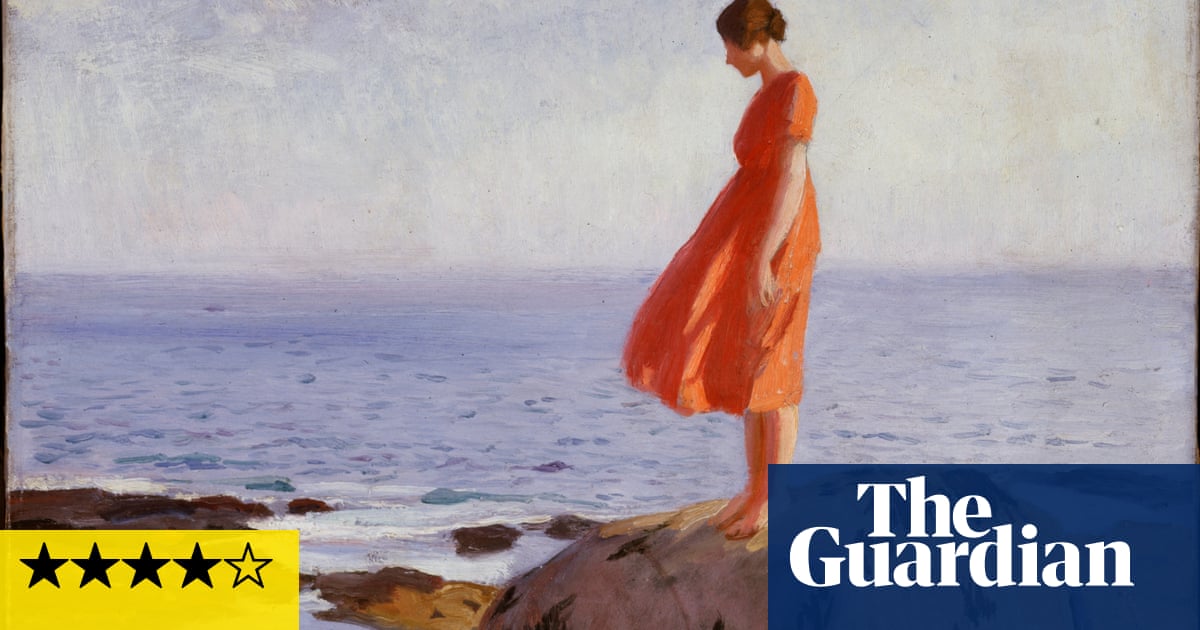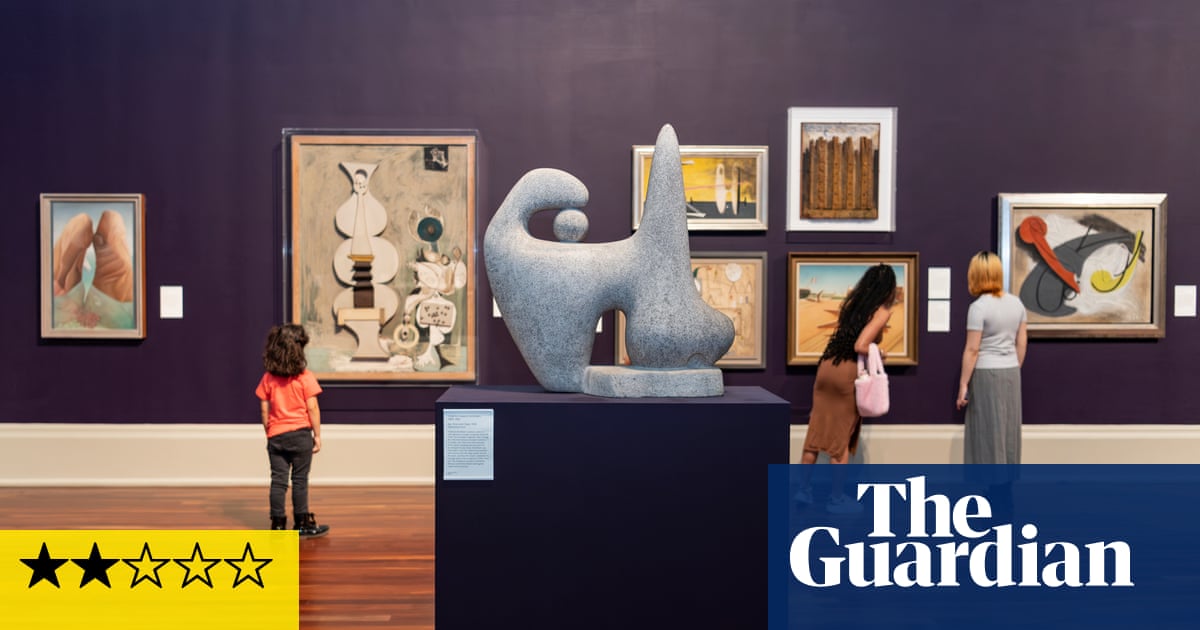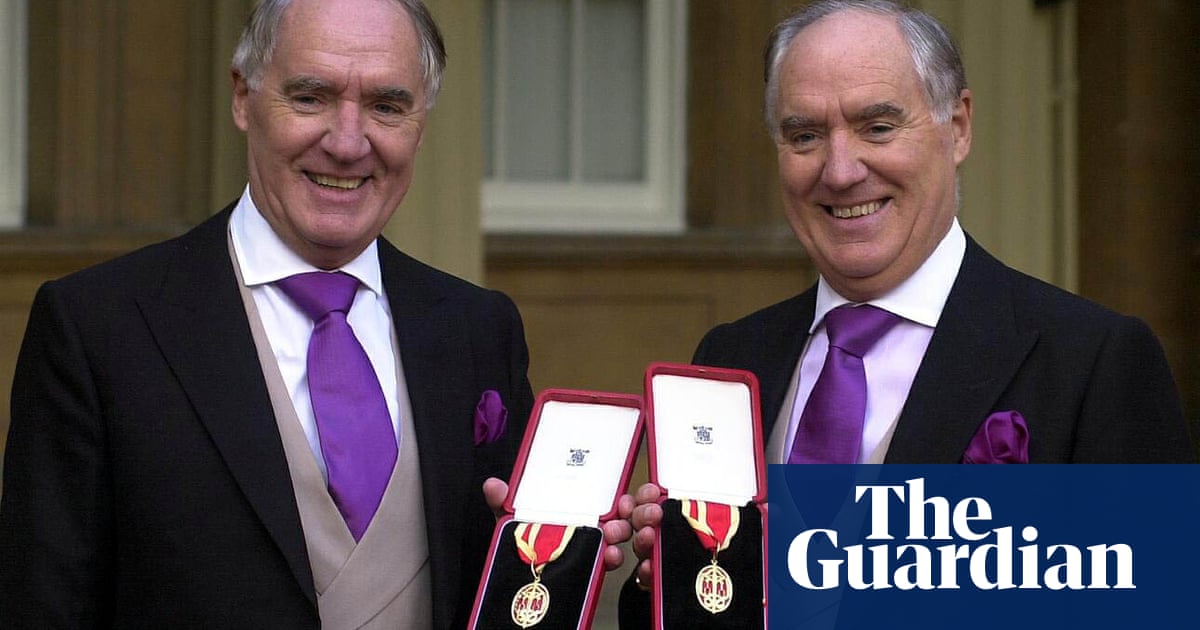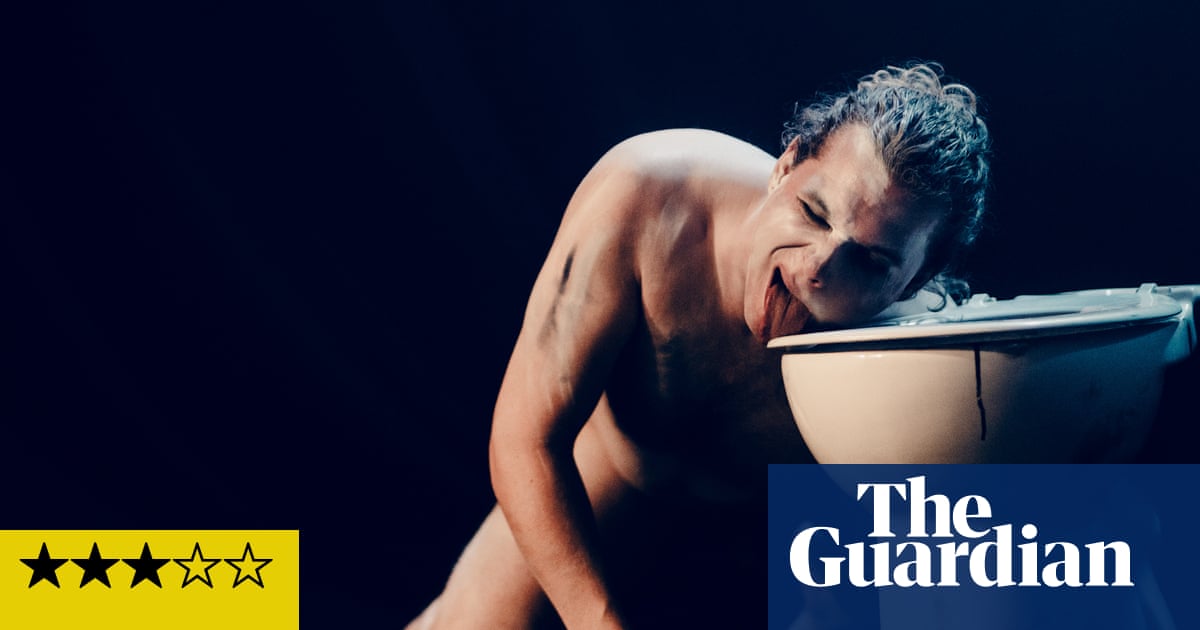
Not many exhibitions turn the story of Britain and its art upside down. But this huge archaeological dig into the nation’s cultural past, from 1520 to 1920, does precisely that. It retrieves so many unjustly forgotten female artists, so many neglected works, far more than can be mentioned in a review – and all without rhetoric. Instead, its wall texts are factual and informative, simply amassing a vast amount of evidence. Now we see them.
It starts with a bang. Artemisia Gentileschi in her Self-Portrait as the Allegory of Painting lunges forward, eyes on the prize, utterly absorbed in her work as she reaches out a bared arm to add a splash of paint to the canvas she fiercely works on. With her jet black hair, black eyebrows, green dress and filthy painting hand, she’s a formidable presence. Except she is not alone. Not any more.
Gentileschi’s inclusion may come as a surprise. But this remarkable Italian artist pitched up in Britain in 1638 at the court of Charles I and Henrietta Maria. Her father, already installed there as a court artist, was dying and she probably assisted with paintings for the ceiling of the Queen’s “House of Delight” in Greenwich. It was here at the Stuart court that Gentileschi created her amazingly alive, raw and precociously feminist Allegory of Painting.
So that was that, you might think. Four hundred years ago, women in Britain finally made it as artists. Yet the vicissitudes of women’s art are brutally shown by Gentileschi’s second painting in the show. Susanna and the Elders, painted in London for Queen Henrietta Maria, which survived for yonks in the Royal Collection, misidentified, relegated to the stores. Only in 2023 was it recognised as a Gentileschi. This is stupefying, because it is so clearly her vision. The theme of the naked Susanna surprised in her bath by two creepy voyeuristic men was one of her obsessions: she first painted it when she was teenager.
This is proof enough that Now You See Us is a necessary exhibition. How could such a strong artistic personality get suppressed? It takes a disdainful army, misattributing here, belittling there, somehow never quite recording women’s art as carefully as men’s.
Gentileschi was not, however, the first woman to paint in Britain – just the first whose works recognisably survive. The Flemish miniature painters Susanna Horenbout and Levina Teerlinc worked at Henry VIII’s court and were internationally praised. Yet it’s so far proved impossible to match their reputations with any definitely attributed works. This exhibition brings together a handful of tiny, precise portraits as potential candidates.
Artemisia fled Britain on the eve of the civil war. But one artist who rode it out was Joan Carlile, who started out as Henrietta Maria’s laundress then used her familiarity with silks and taffetas to make a living after the fall of the monarchy by painting women in fine dresses. Her “Unknown Ladies” wear similar shimmering silver frocks. This eye for material echoes Dutch artists of the time. The art historian Svetlana Alpers called this north European obsession with visual fact the “art of describing”: as a native British art evolved, you could also call it the art of empiricism.
Women excelled at it. Some of the most entrancing works here are botanical still lifes. Painting flowers was looked down on as women’s work, yet it was scientific. Clara Maria Pope’s ravishing early 19th-century pictures of peonies have been lent by the Natural History Museum, while Mary Delany’s Georgian studies of green and purple flowers and grasses, made by cutting coloured papers, come from her scientific project Flora Delanica.
There are others who repay careful observation. Mary Beale, one of the first British-born portrait painters, captures Restoration women with easy intimacy and is even warmer when she portrays her curly-haired young son. The 18th century was the golden age of British portraiture and clients had plenty of famous painters to choose from. Georgiana, Duchess of Devonshire, was portrayed by Reynolds and Gainsborough. But in 1782, it was Maria Cosway’s portrait of her – flying through the air, robes swirling against apocalyptic clouds – that was a hit.
Women often painted women nude, from Anne Killigrew’s dreamy 17th-century mythological scene Venus Attired by the Three Graces, to the late Victorian Henrietta Rae’s even more fulsome enjoyment of the classics, A Bacchante. In the latter, a naked woman touches some grapes. I can’t remember when I last saw so many female nudes in the Tate.
By the time Rae painted her erotica, British women were taking part in life classes at art schools, a change spearheaded by London’s Slade school, which now admitted them equally. Laura Knight went to Nottingham School of Art and it gave her confidence to experiment brilliantly. A compelling wall of her early paintings shows she was relaxed enough with her skills to play with new possibilities: we see women exploring a rocky seashore, alone or together, as Knight dwells on their inner lives, their silent thoughts against the blue sea.
Yet the women who had dared to be artists in an older world, where their social, economic and legal existence was so narrowly prescribed, hold their own here with modernists like Gwen John and Vanessa Bell. Portraits and the depiction of nature have always been the stuff of British genius – and it’s a genius many unsung women have shared.
Now You See Us: Women Artists in Britain 1520-1920 is at Tate Britain, London, 16 May to 13 October












